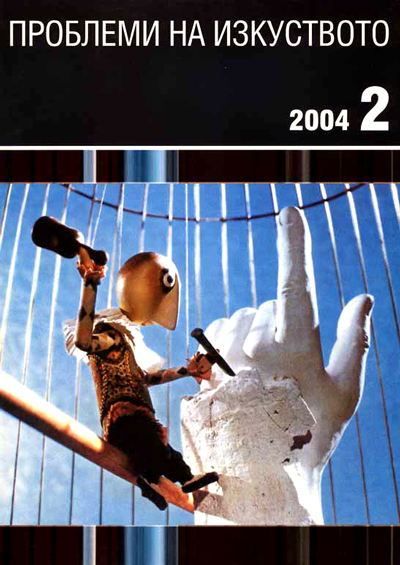
We kindly inform you that, as long as the subject affiliation of our 300.000+ articles is in progress, you might get unsufficient or no results on your third level or second level search. In this case, please broaden your search criteria.



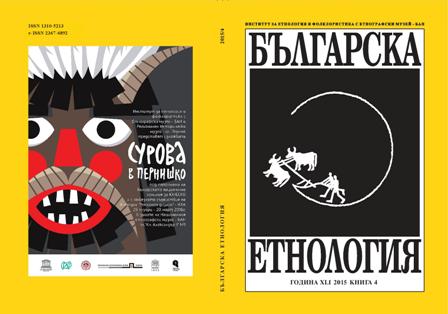
The article discusses one particular film, “Man, don’t get angry”, with director Ivaylo Trenchev and script-writer Kiril Topalov. By analyzing published opinions and reviews as well as archival materials the author notes specifics in the functioning of the socialist mass media and traces out institutions and mechanisms for controlling the cinema process. These are mechanisms which affect the view/perception and visual re-creation of the world, the writing and talking, the thinking and attitude of the people in their different roles – (film-) makers, spectators and readers, journalists and reviewers. blicistically carnival. The reader of the novel and the spectator of the movie ejaculate with one voice: this is impossible be¬cause it is...true! From Aleko (Konstantinov) to Alek (Popov) – it‘s all true...
More...
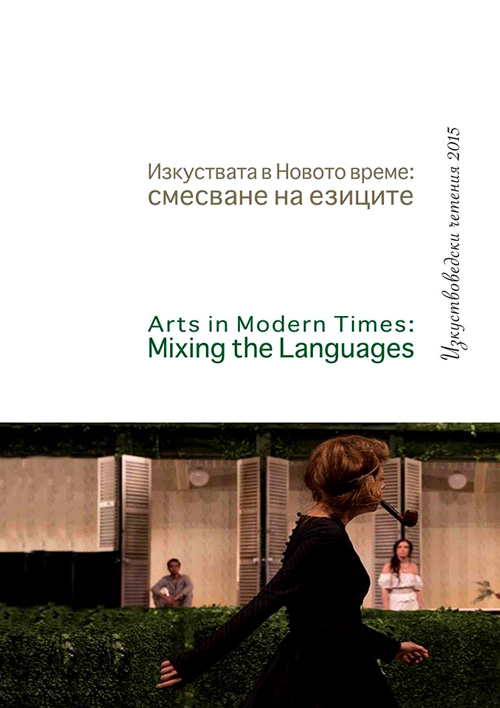
Documentarism is a dominant gene in TV nature. The ‘participation effect‘ on the scene has been part of the immanent specifics of the e-media ever since their advent. It is believed to protect major civil liberties because of ensuring publicity to the processes going in the society and allowing for investigative journalism and media control. The development of technologies and media markets during last decades, however, established the phenomenon of the ‘reality format’, which, in its essence, is a transformation of documentarism into a popular entertainment, replacing its civil significance. This transformation is subject to an overview and analysis in this article.
More...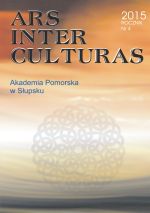
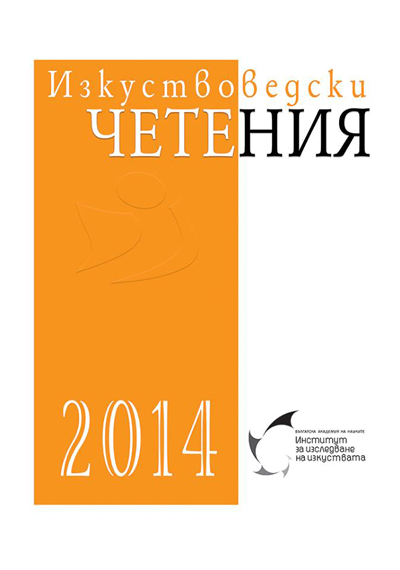

The Balkans’ Newest Film: Highlights in the Dialogue The text deals with films from Turkey, Serbia, and Romania made in 2013, showing new dynamics in their national film industries and the general stylistics of Balkan film. The most important trend in this respect is giving up on overexposing the local exotics and a categorical shift of the works’ focus from the social orbit onto the existential frontiers.
More...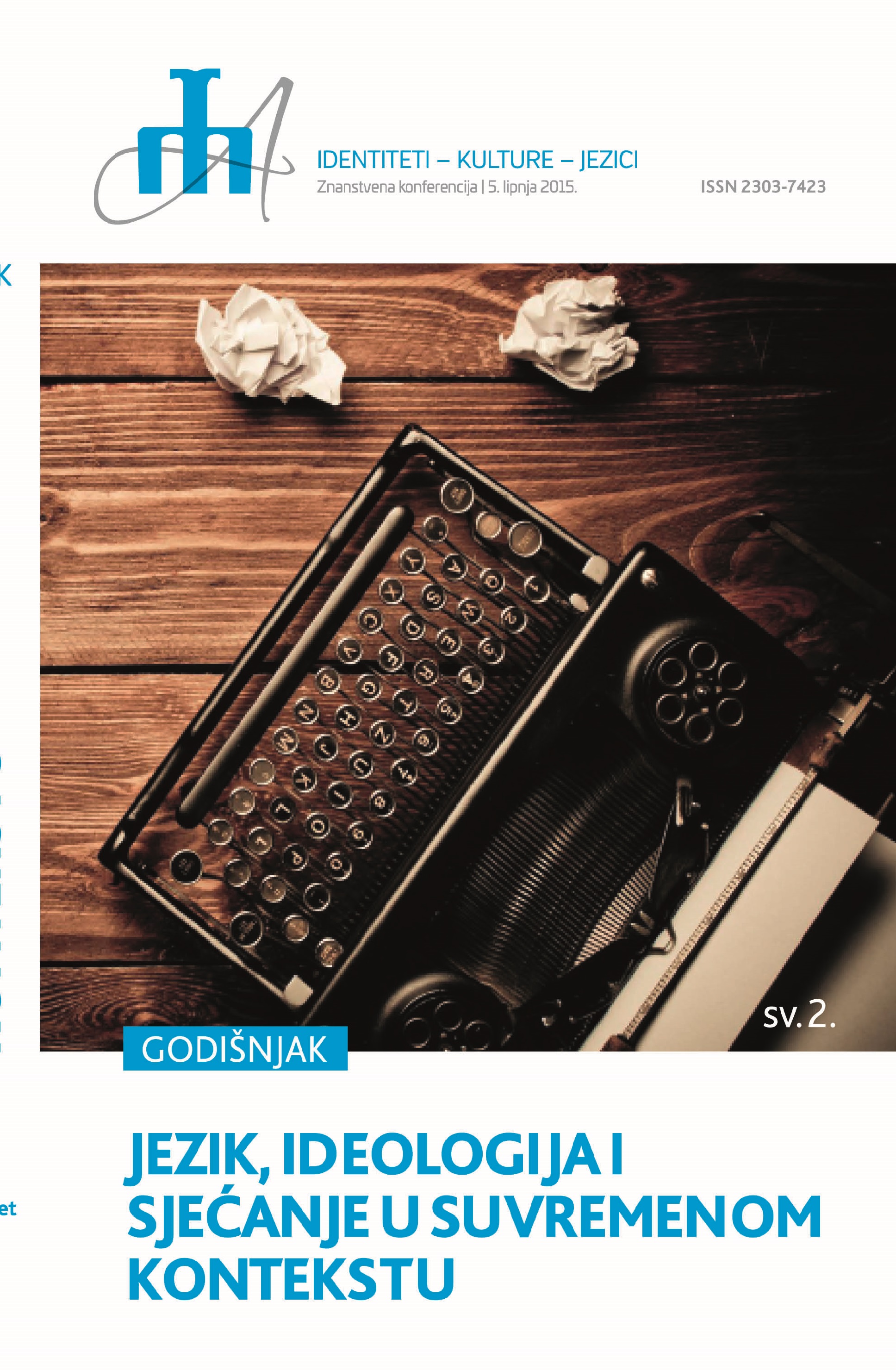
In the paper the author analyses and presents through practical examples the use of storytelling as the bearer of the persuasion and change ideology. The course of usage is presented through its inception in film industry, mass media to virtual reality. The author has explained how storytelling became part of the panoptic view and participation in the hegemony of power in such way that it assures the rules for behaviour as well as the pedagogy of change. In this paper storytelling is presented as the memory keeper and bearer of strategic project because it possesses the power which cannot be manifested in the control and discipline but in the collective story and memory.
More...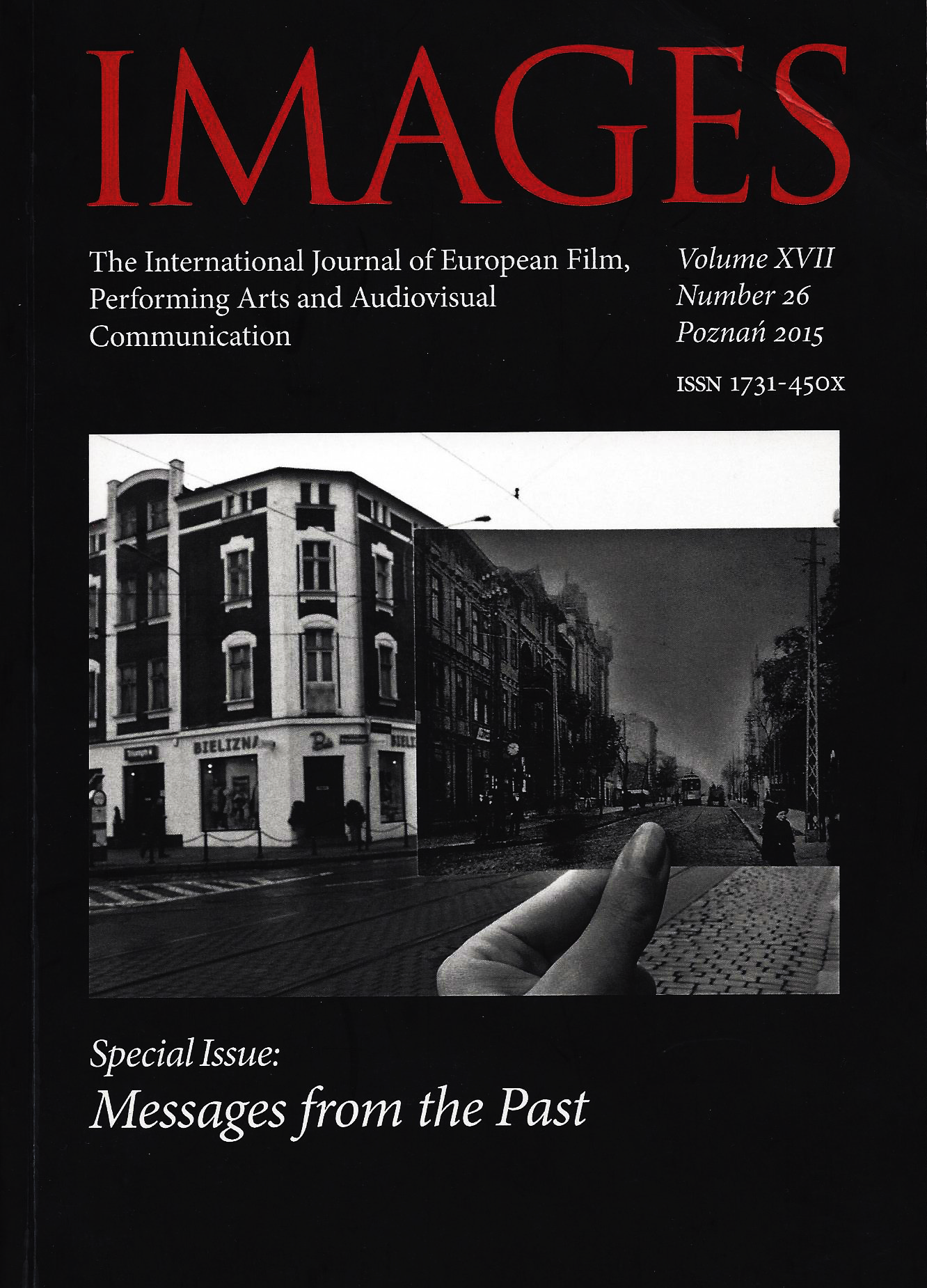
Masada is an ancient fortress, which during The First Jewish–Roman War (66–73 CE) served as a refuge for the last bastion of Jewish resistance. In the first half of the twentieth century, the history of the Masada’s defenders was absorbed by the Zionist movement and transformed into a vital national myth, which became an important element of the identity and culture of future Israelis. The main purpose of this article is to show the deconstruction of the Masada mythical narrative made by Israeli director Joseph Cedar in his movie Beaufort.
More...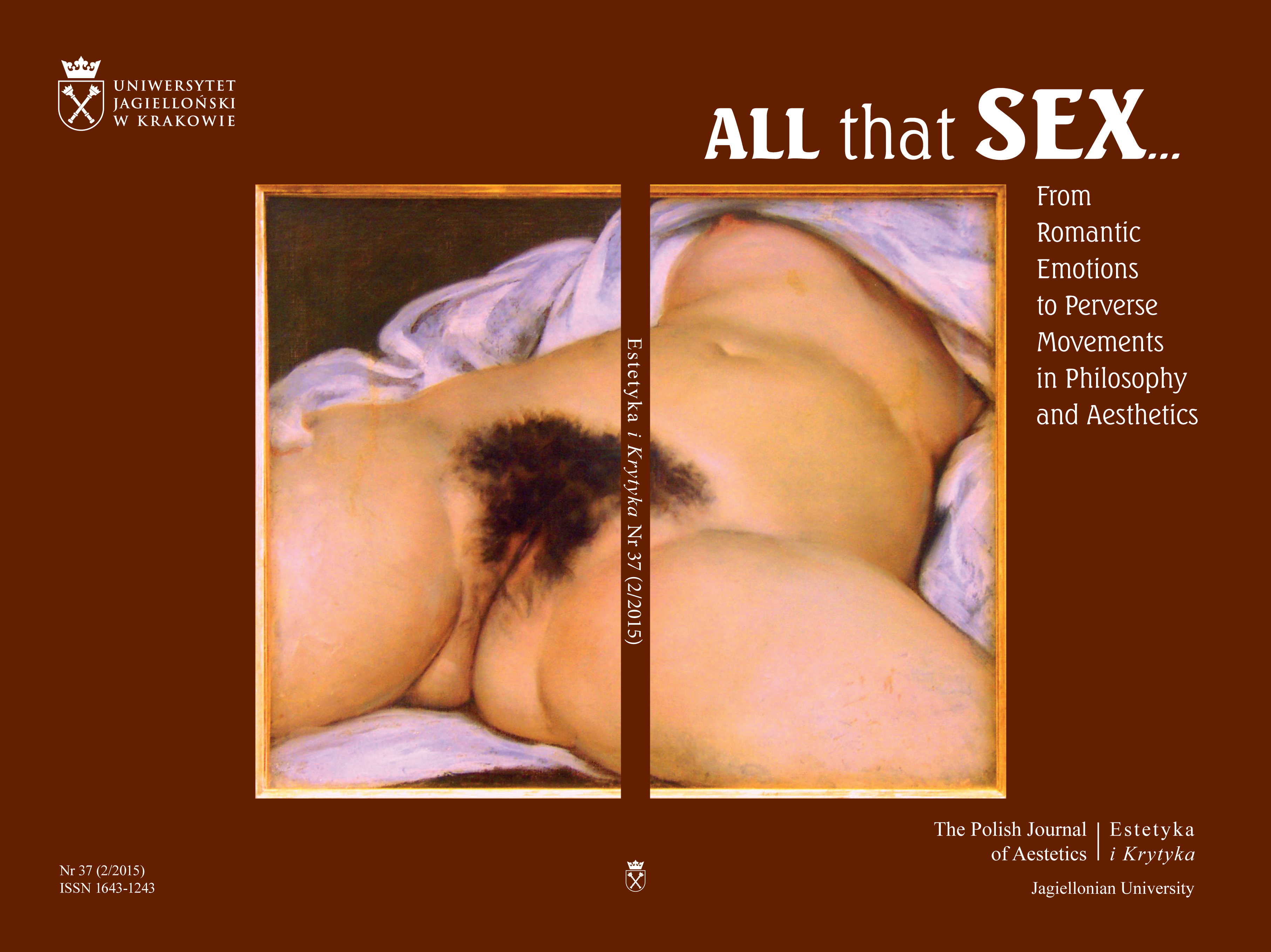
The eighteenth‑century English writer matthew Gregory Lewis wrote one of the most dramatic Gothic novels, The Monk; over 200 years later, a film of the same name appeared, based on the novel and directed by dominik Moll. The film, a free adaptation of the book, presenting the story of the moral downfall of the monk Ambrosio, has inspired us to philosophical re‑flections on sexuality, carnality and physical desire. In the context of these issues we have attempted to analyse and interpret this cinematic work of art. The method we have adopted is based on a thorough discussion on the topics developed in the film and related issues. This method, while not pre‑tending to scientific objectivity, enables us to outline an interesting field of research as well as to identify a number of theoretical problems and ques‑tions which remain open.The formula we have adopted is to quote lines from the film The Monk which permit the analysis of selected issues related to sexuality, carnality and physical desire. Moreover, these quotes serve to order the text and en‑able the precise identification of interpretive trains of thought.
More...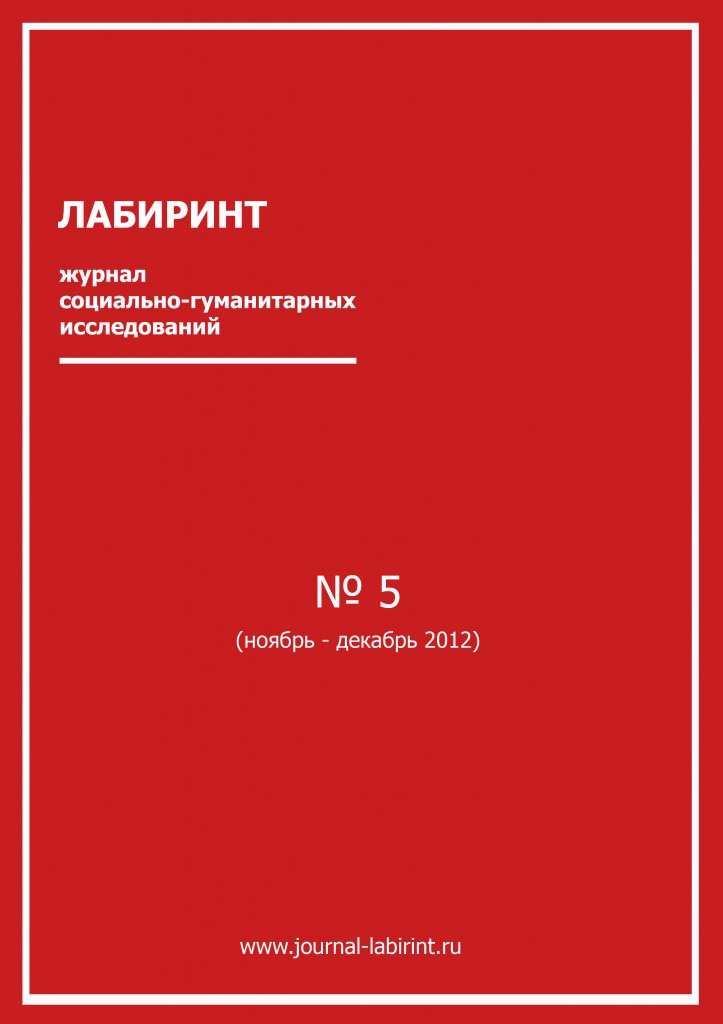
The actuality of a paper is stipulated by nessesity to study the sources of Soviet identity and gender ideals of post Soviet society on the material of film, literature and songs as forms of culture which are the best representations of the gender ideals. The aim of the studies is to analyze the evolution of gender politics and myths, owing by to socio-political changes in the Soviet and post-Soviet societies. The methods of research are gender critics, psychoanalysis, poststructuralist deconstruction, semiotics. The sources of Soviet identity and gender ideals are typologized in the conclusion.
More...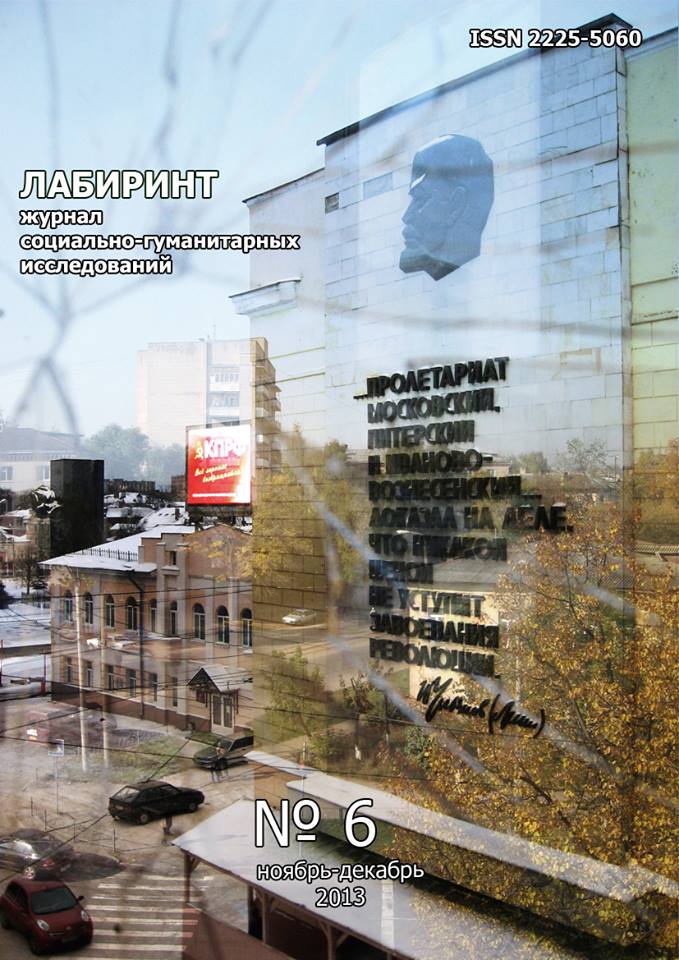
The article is devoted to the comparative analysis of the four songs about Moscow, written in different epochs of the Soviet period of history. These are “The song of the old horse carrier” (1935), “The song about Moscow” from the film “The pig-tender and the shepherd” (1941), “I walk around Moscow” (1964), and “Alexandra” from the film “Moscow does not believe in tears” (1979). The analysis allowed the author to reveal the significant features of the mental and the artistic style of the four different epochs, which had reflected in those songs. Each of them marks a unique model of the world, specified by a certain emotional and ideological orientation of the world view. The first model (the early 1930s) is defined as a compromiseconformist: it attempts to conciliate the everyday patriarchal habits of the NEP-period with the desire for comfort, scientific and technological, and social advance. The second model, appeared in the pre-war years, can be called pseudo-sacral and to the highest degree utopian. It most adequately expresses the essence of the “socialist dream”. In the years of the Khrushchev thaw the third model emerged, combining the fashionable in those times neorealism with the utopian idealism, expressed in the relatively soft form. And, finally, the forth model of the world, in which the 1970s’ mentality has reflected, and which logically completes the Soviet period of history, - the organic model, with a slight touch of historic fatalism. It appealed to the “eternal”, objective laws of nature and traditional values.
More...
Correlation of communal apartment images in Soviet films and anecdotes is considered as a basis for categorization of communal everyday life, interpersonal relations of neighbours and communal psychology. An integrated image is developed on the basis of the analysis of similarities and differences of images from different sources.
More...
The paper considers the characteristics of the image of a bureaucrat in the soviet multiplication of the late 1950s – the 1960s. The author reveals the main features of this image, offers the approaches to the work with animated text as a source of study of the socio-cultural history of the Soviet Union, and analyzes the satirical cartoons of the considered period devoted to the problems of interrelations between the authorities and the society.
More...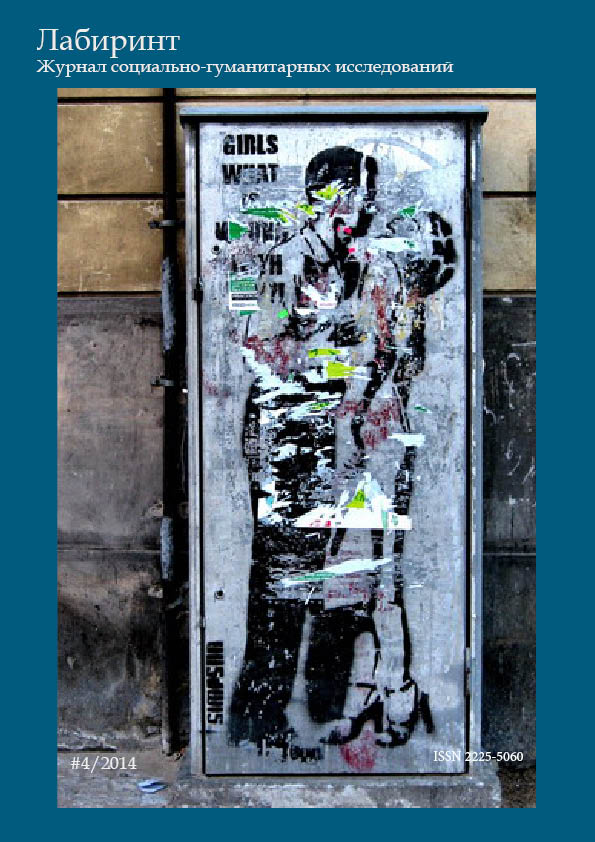
The article covers self-portrait images of capitalism in literature and cinema. Some important objective laws of capital, power and money functioning in the modern world are established through the example of «Cosmopolis», the similarly named both book and film. The Marxist concept “alienation” is studied with regard to fantasy and worldview of a present-day person. The study of artistic images of capitalism (as a social vampire, necrophile and the architect of «the Matrix») passes into the analysis of inexorable logic of the capital circulation. Yet, is this logic strong and eternal?
More...
The article studies two works belonging to political cinema «Ordinary Fascism» by Mikhail Romm and «Die Welle» by Dennis Gansel) as examples of superficial criticism of the Nazi ideology. Yet, a true analysis of the fascist propaganda mechanisms needs shifting the point of view to the nature of ideology. The idea of strictly external and forcible methods of ideological influence should be contrasted with the idea of ideology as a form of everyday life. It is platitude, ordinariness, natural character of ideological structures and even the ugliest aspects of ideology that need understanding.
More...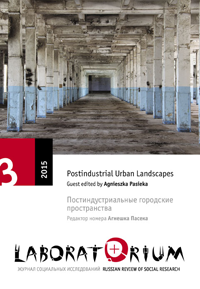
Review of: Jason R. Morton - Karen Petrone. The Great War in Russian Memory. Bloomington: Indiana University Press, 2011. 408 pp. ISBN 978-0-253-35617-8.
More...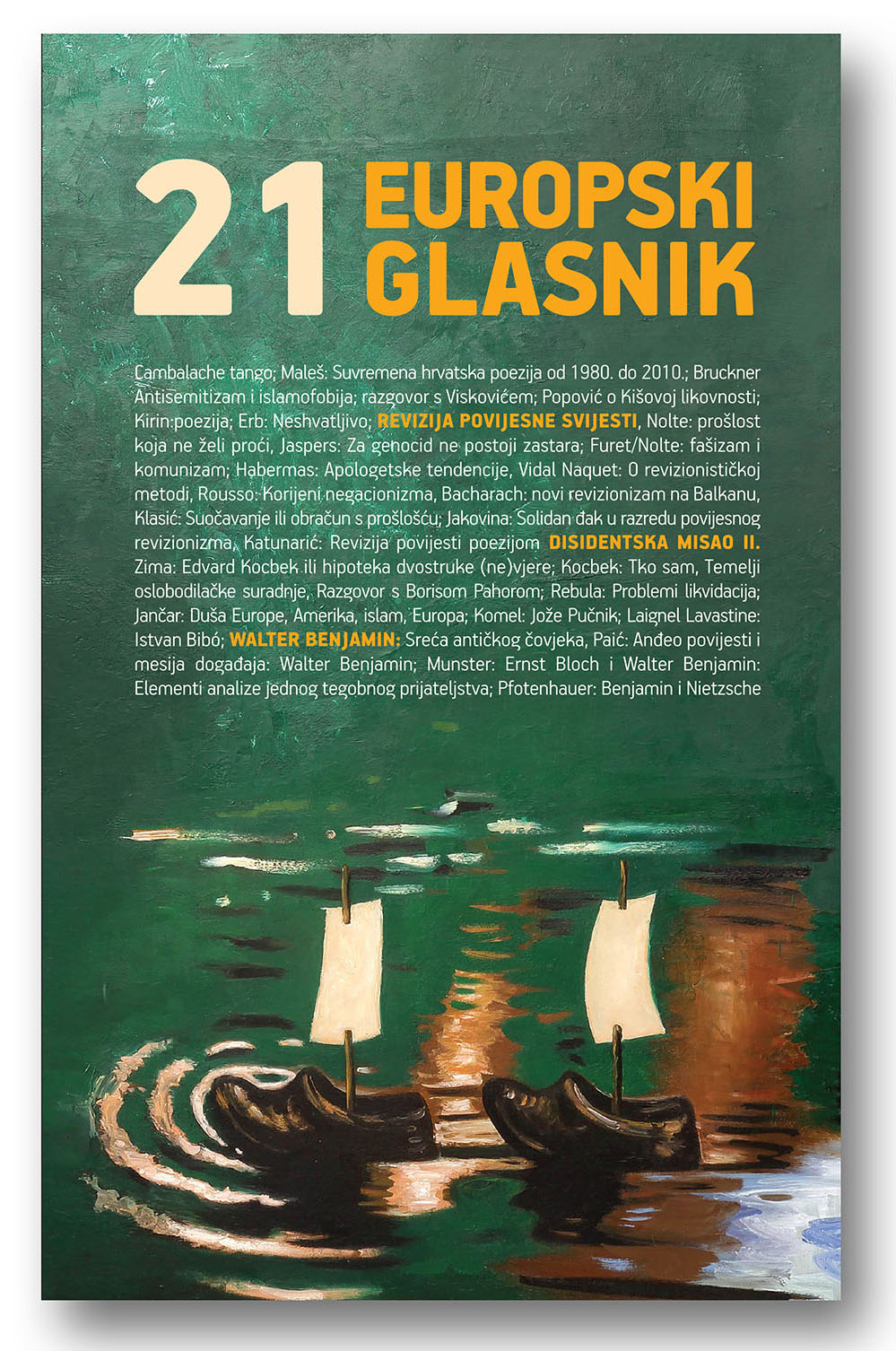
Post-antički čovjek zna možda samo za jedan duševni ustroj u kojem svoj unutarnji svijet u punoj veličini i posvemašnjoj čistoći postavlja u odnos prema cjelini prirode, kozmosa, naime bol. Sentimentalni čovjek, kako ga imenuje Schiller, može ostvariti približno čist i velik, što znači približno naivan osjećaj sebe samog samo po visoku cijenu da svoje cijelo unutarnje biće organizira kao jedinstvo odvojeno od prirode.
More...